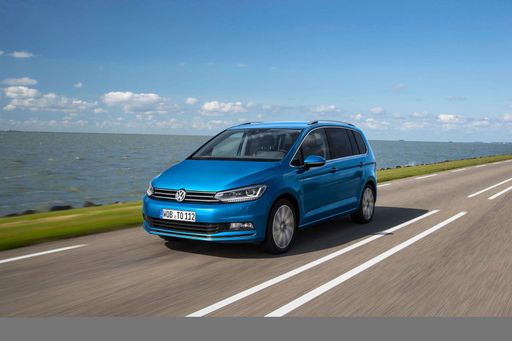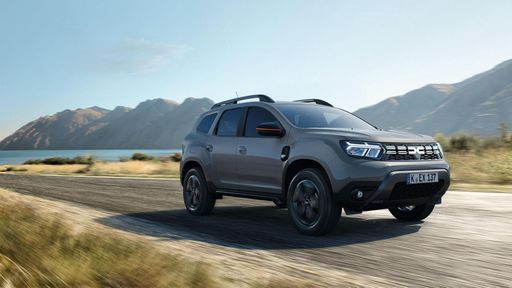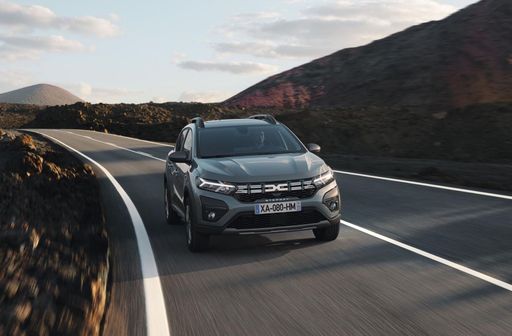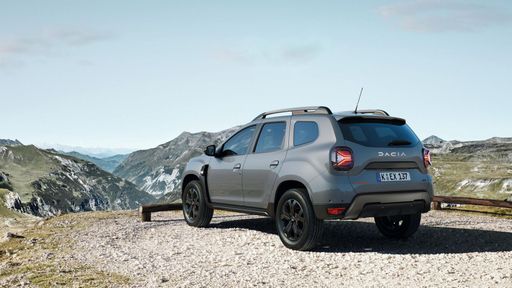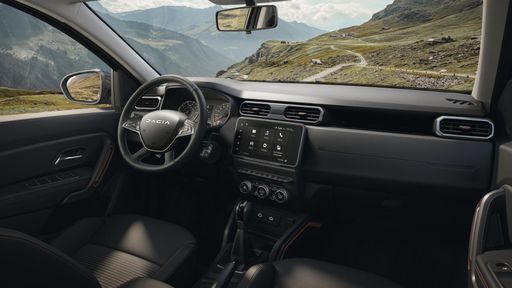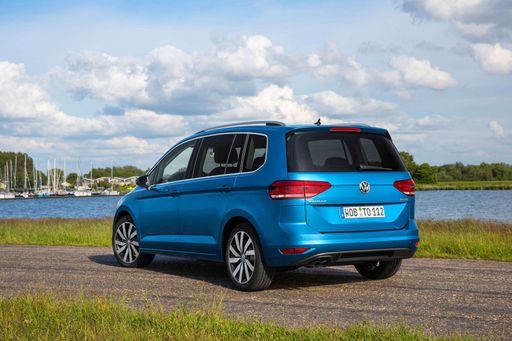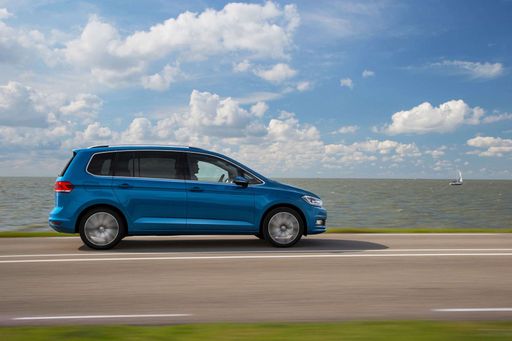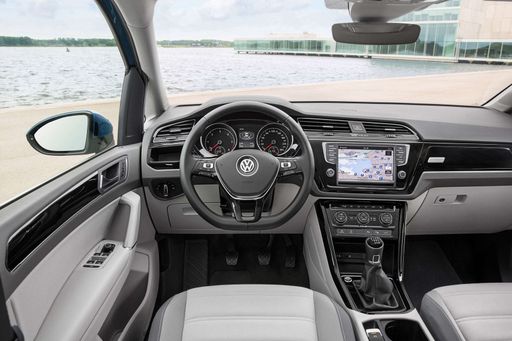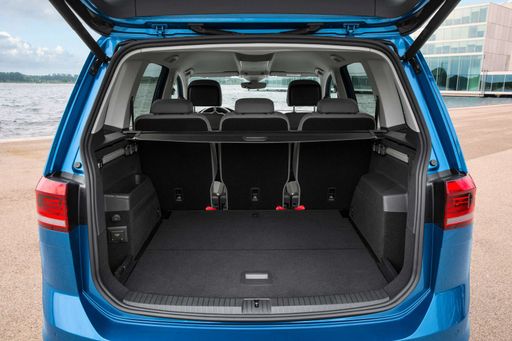Dacia Duster vs. VW Touran: An In-Depth Comparison
In the ever-evolving world of automobiles, finding a car that meets all your needs can be daunting. Today, we delve into a detailed comparison between two compelling choices: the rugged Dacia Duster, an SUV that commands presence, and the smooth VW Touran, a versatile MPV. We'll explore their technical specifications, innovations, and overall performance to help you make an informed decision.

